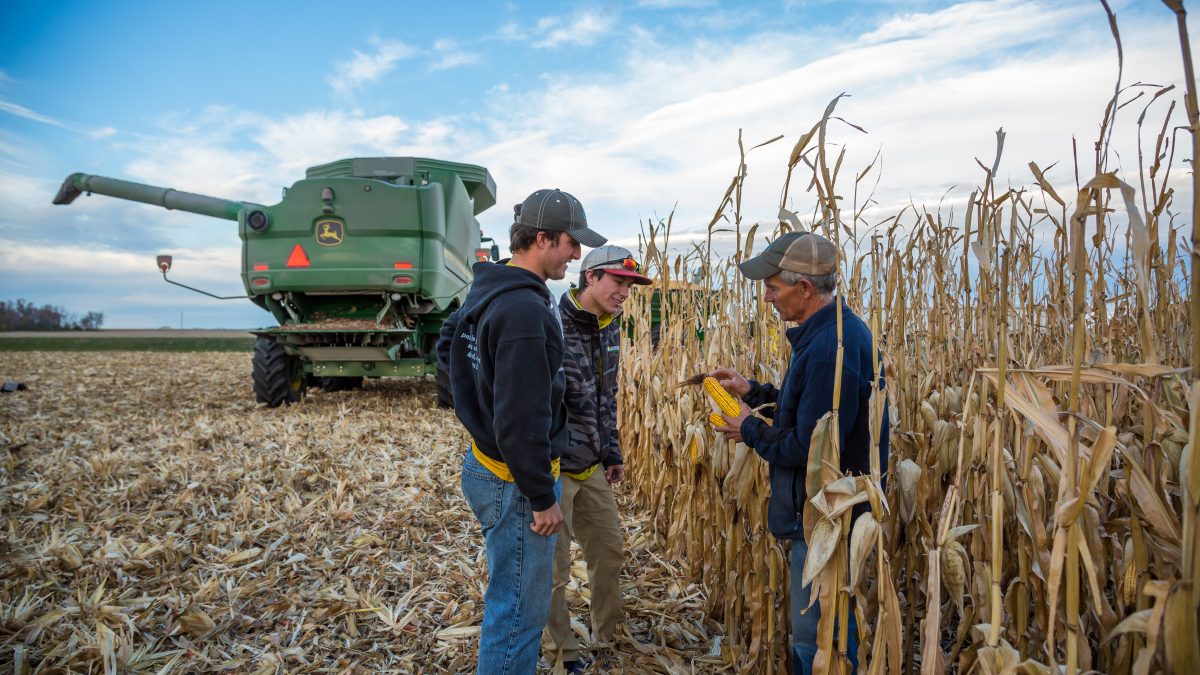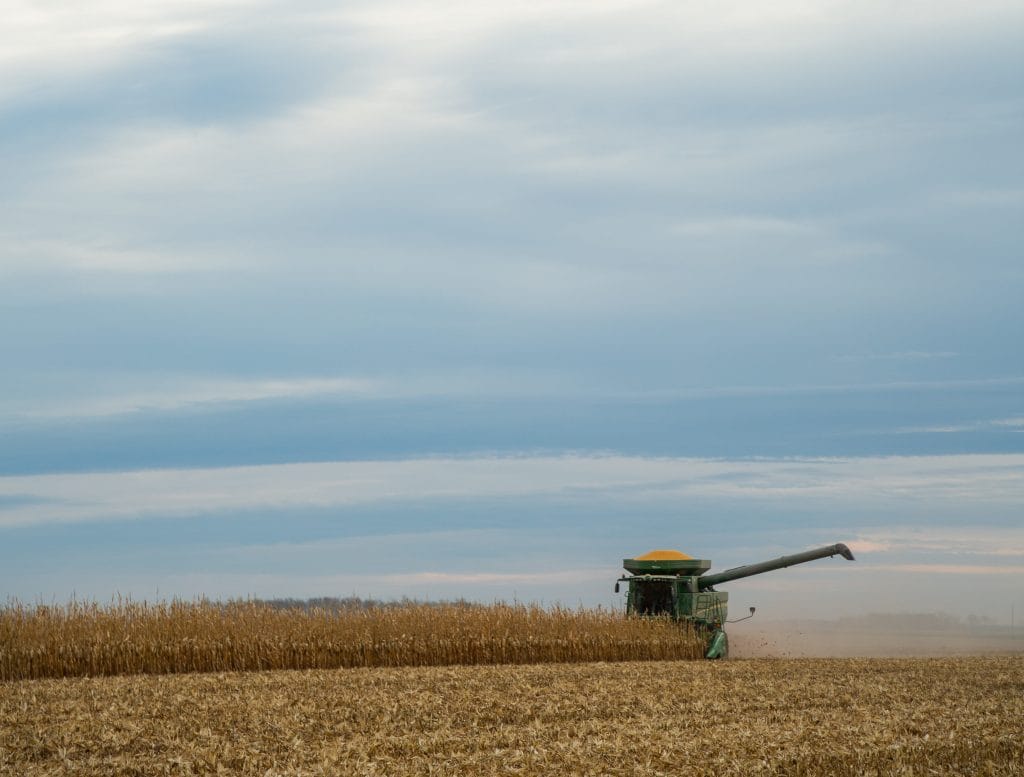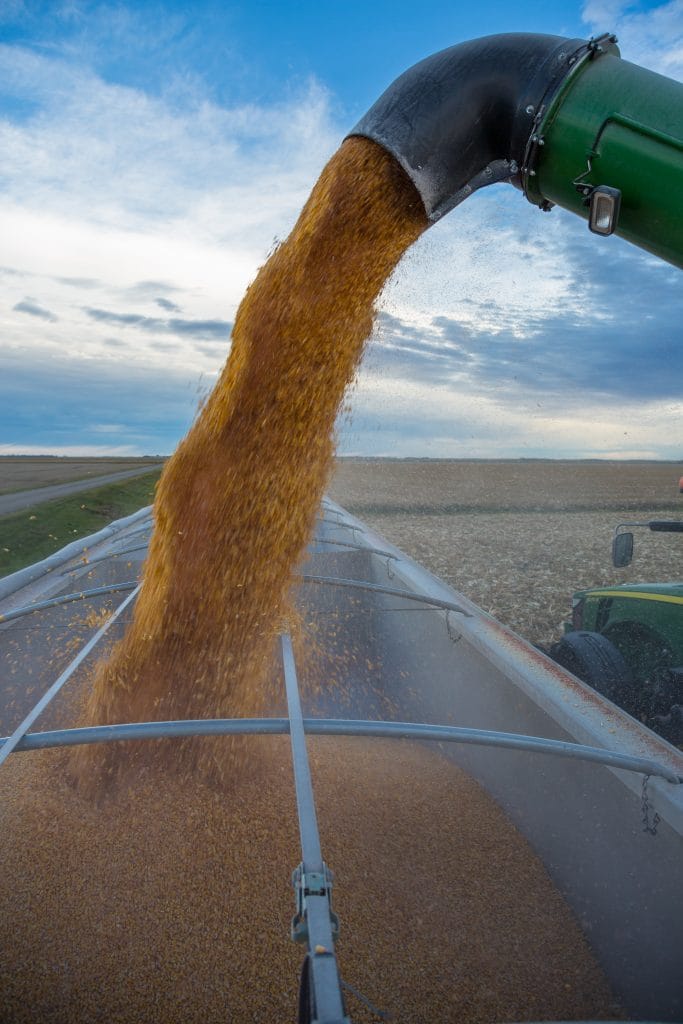Corn Storage: Prolonging the Shelf Life of your Crop

For most, it started a long time ago – about a year ago to be exact. You were harvesting the 2016 corn crop, analyzing the results and planning for storage. You compared your own harvested data to university data, independently replicated data, local seed dealer data and any other information you could garner. All the knowledge, technical data, and information you gathered went into deciding what corn hybrids to plant on your farm in 2017. From there, you spent the winter making sure all equipment was primed and ready. You waited for the planting windows to come and, when they did, you spent every waking moment planting those seeds at the right depth into the right conditions with the proper nutrition.
You watched them grow from seedlings into what they are today. All the while wishing, hoping and even stressing for favorable weather to maximize the plant’s potential. Everything up to this point has been done to ensure the crop was given the best possible care. Now, once the combines roll, you need to invest that same level of energy and effort into maximizing the condition of the corn while in storage.
Before harvest, start by preparing and cleaning the bin site. Keep areas around bins mowed and free of available food sources for rodents and insects. Inspect storage facilities and all grain handling equipment prior to harvest, both to maintain the efficiency of harvest and to ensure that grain is not damaged by mishandling.
Studies have shown that corn harvested in the low-to-mid 20 percent moisture range will have the highest efficiency at harvest. If there are any impending stalk issues, harvesting at this moisture means that the stalks are likely still standing. Also, head shatter and other harvest-associated losses can be drastically reduced at this moisture level.
While corn harvested at 22-25 percent moisture may be ideal to reduce harvest losses, there is nothing ideal about putting corn of this moisture into a bin. Corn needs to be dried to at least 15 percent to make it through winter, 14 percent if held through the summer, and 13 percent if you plan to throw a 1st birthday party for your corn.
Coring a bin is critical to prolonging the storage life of corn. Fines tend to collect in the center of the bin and, if not removed, any airflow will follow the path of least resistance around them creating areas of spoilage in the bin. These fines can be reduced by paying close attention to the corn before it enters the bin. In the combine, monitor the quality of the corn especially upon changing to a different hybrid or moving to a different field. Adjust settings as necessary to accommodate for changes in harvesting conditions to keep fines to a minimum. When moving corn from the field to the bin, use methods that will limit kernel breakage. Ultimately the storability of a corn crop comes down to the condition it is in upon harvesting and entering storage.
Finally, inspect stored grain on a regular basis – do not allow yourself to become complacent. At a minimum, stored grain conditions should be monitored once a month in the winter, every two weeks in the spring and fall, and once a week in the summer. Until you send that corn to market, it is still as valuable and vulnerable as it was when it was a seedling you were nurturing. Why not give it the same attention that you did at that time? As always, please keep safety front of mind this season and best wishes for a successful harvest.















